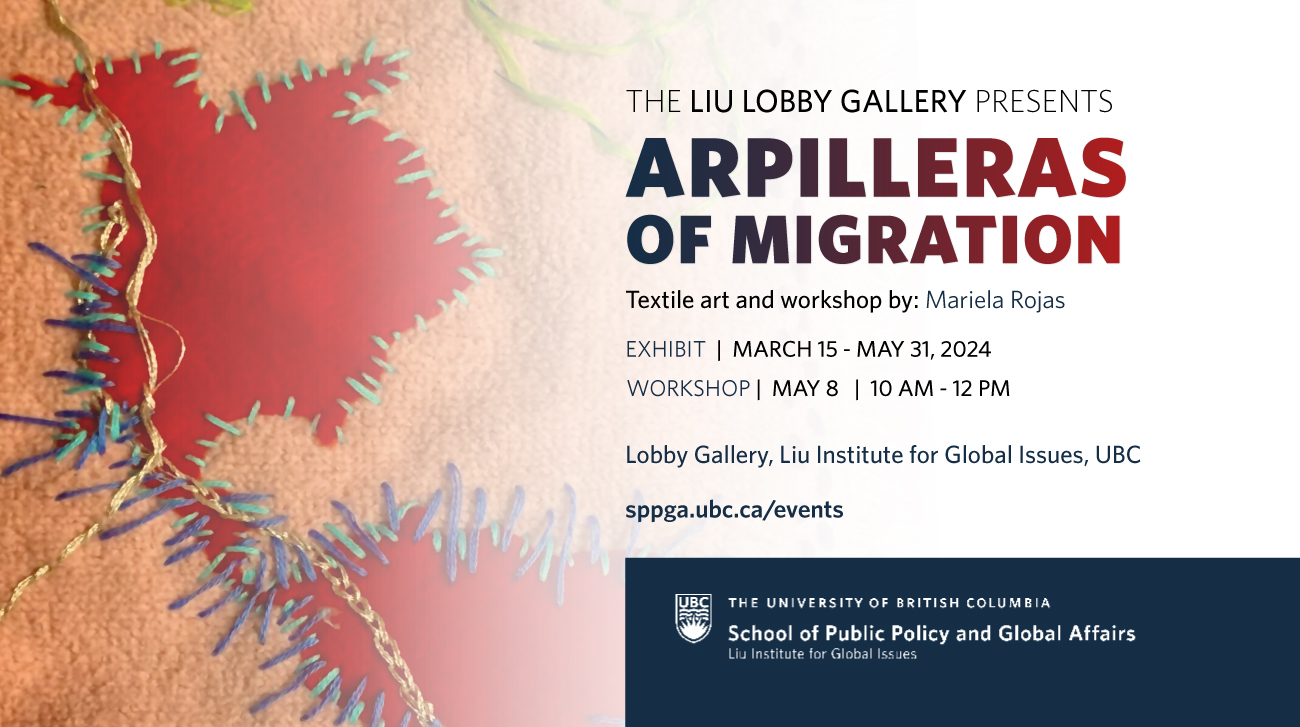The Birth of Nishikawa Sukenobu’s Shunpon:
“Sex” and Publishing Culture
Professor Takashi Nakajima (Waseda University)
Illustrated three-volume works by Nishikawa Sukenobu—said even to be the cause of the government’s publishing restrictions of the Kyōhō era—were revolutionary shunpon (pornographic books) because of a particular rich aesthetic consciousness. Iro hiinagata (1711) and Nasake hiinagata (1712), written by Ejima Kiseki and illustrated by Sukenobu and published in five yokobon volumes by Hachimonjiya, are taken as the pioneering works. Moreover, in both works we see the early trends taken by erotic works (kōshokubon) since Saikaku’s Life of an Amorous Man (Kōshoku ichidai otoko), as kōshokubon gradually reveal aspects of shunpon. I suspect that trends of the Edo market influenced the phenomenon of Kamigata kōshokubon turning into shunpon. Yama no Yatsu and Nishimura Ichirōemon were both author-publishers who encouraged such a of trend. Differing from Saikaku’s kōshoku ukiyo-zōshi, the format of kōshokubon was half-sheet-sized books (hanshibon, approx. 23 x 16 cm), the content lascivious, and there were many in which sexual acts were depicted in the illustrations. In this lecture, I will take up such Genroku-and Hōei-era works as Kōshoku Haru no akebono—which mentions Yonosuke, the hero of Life of an Amorous Man, who crossed over to the Isle of Women—and discuss the development toward Sukenobu’s shunpon and the historical cultural significance of kōshokubon and shunpon.
Nakajima Takashi is Professor of Japanese Literature at Waseda University, Tokyo. Among his many books are Saikaku and Genroku Media (2011), The Development of Early Ukiyo-zōshi (1996), and the prize-winning historical novel The Notebook of Yoemon of the Pleasure Quarter (2007).
Full detail event poster here
